You arrive in Windhoek today where you will be met at the airport by the shuttle driver from Olive Grove Guesthouse who will drive you into the city and to the the hotel.
Here you can relax in the quiet surroundings before meeting the rest of the group for dinner.
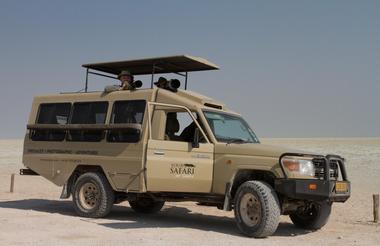
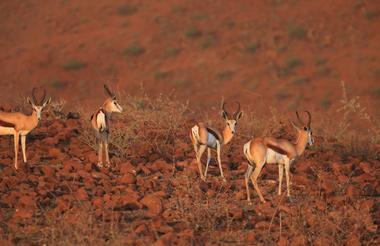
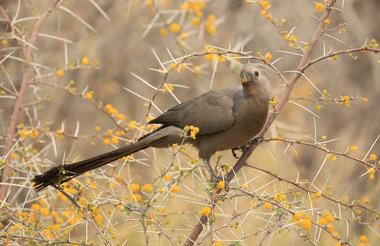
After an early breakfast we head north on the main tar road until we reach the gates of Okonjima, home of the Africat Foundation.
Here we will have the opportunity to spend time in the 54,000 acre reserve in search of leopards. Okonjima has both collared and uncollared leopards who live wild and free in the park along side numerous prey species.



2 x leopard tracking activities
Following our early morning trail and a hearty breakfast we leave Okonjima and head north on the tar road to eastern Etosha and Namutoni Camp where we will spend the next 3 nights.
The Namutoni side of Etosha is particularly good for all wildlife species but especially for large herds of elephant, big lion prides, giraffe are abundant and it's the best place in the park to see cheetah.
For landscape photography the area surrounding the camp is also very good with close up views of the Etosha pan with its shimmering light and multicoloured bands



A full day safari today when we move across the park to Okaukuejo Camp stopping at key waterholes along the way.
We'll have lunch at Halali Camp which is in a wooded area and nearby we'll have the opportunity to walk out onto the pan itself.
The area around Okaukuejo is mostly open plains with vast herds of herbivores trekking to the camp's own waterhole which is floodlit. We'll be staying in bungalows overlooking the waterhole so an opportunity for us to practice some night time photography as well as wildlife come to drink throughout the night.



We leave Etosha this morning after a final morning drive and head south to the Erongo Mountains.
The area is dominated by huge granite boulders and is pretty remote so the skies should be clear for some astro photography particularly as we will arrive during a new moon phase

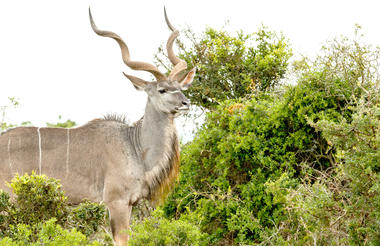
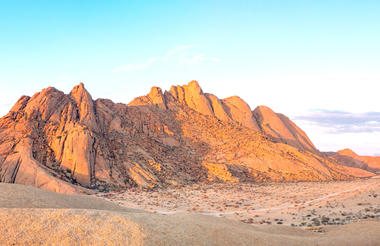
We head west today past past Spitzkoppe which is a group of bald granite peaks or inselbergs in the Namib desert of Namibia. The granite is more than 120 million years old and the highest outcrop rises 5,669 ft above sea level. The peaks stand out dramatically from the flat surrounding plains.
Then we continue on to the Skeleton Coast and 2 nights in Swakopmund
There are lots of activities available in Swakopmund but for our group we would recommend a Living Desert tour where the guide drives you out into the dunes in search of the Namib's desert adapted wildlife such as Peringuay's Adder or Sidewinder, Namaqua Chameleon and Palmato Gecko followed by a trip south of nearby Walvis Bay along the beach to Sandwich Harbour. Here the Atlantic crashes straight onto the huge coastal dunes



Today we have a long drive through the Namib Desert passing through 2 canyons and some dramatic scenery before we get to the gates of the park at Sesriem, the gateway to Sossusvlei and Dead Vlei.
We will be staying inside the national park so we will have the opportunity to leave camp before the official park opening hour and drive down to the massive dunes which become increasingly closer to the road and bigger the nearer you get to Sossusvlei
For sunset we'll visit nearby Elim Dune which is a perfect place to watch wildlife trek across the open plains to the safety of the sand dunes. There are mountains in the background which turn red as the sun gets lower and the shadows of the animals get longer nearer sunset.
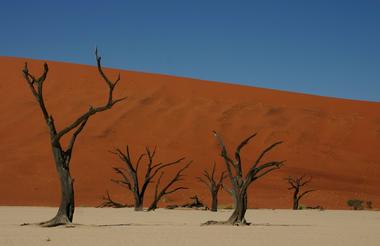
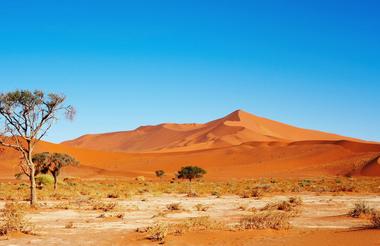
We leave Sossusvlei behind us today and head over the mountains back towards Windhoek for an overnight stay at Corona Guestfarm on the Gamsberg Pass.
The scenery changes at every turn all the way up from Sesriem and we'll have another opportunity for some astro photography at Corona as there is very little light pollution at the top of the pass and the Gamsberg mountain ranks among the best locations for astronomers worldwide.



We complete our journey over the Gamsberg Pass and back into Windhoek where we can stay at Hotel Thule and get ready for our flight tomorrow down to Luderitz in the south of the country
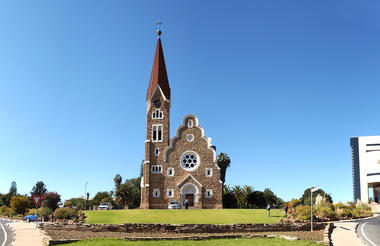
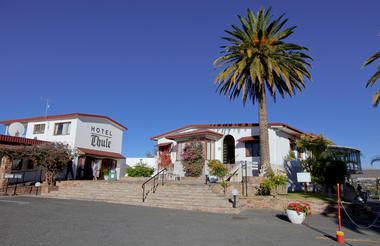
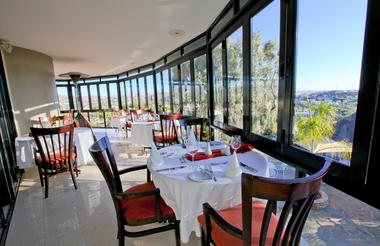
An early start today with our early morning flight from Eros Airport getting into Luderitz at 08.15
Here we will be met by our guide Marion who will take us to Obelix Guesthouse in the centre of town. From here Marion will give us an afternoon tour of the Peninsular with its rugged coastline forming lots of small bays. The birdlife here is prolific with flamingos, black oyster catchers and avocets as well as many species of waders.
Then we can spend time at Diaz Point named after the famous Portuguese explorer, Bartholomew Dias who erected a cross here in 1488,which can be reached by a boardwalk where the views out to see are spectacular.
The Diaz Point lighthouse also offers interesting photo opportunities as it stands out against the rocky background and the stormy Atlantic
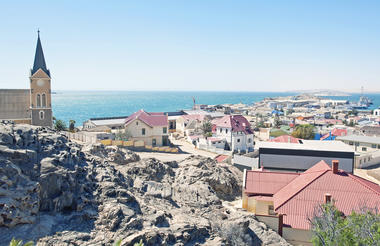
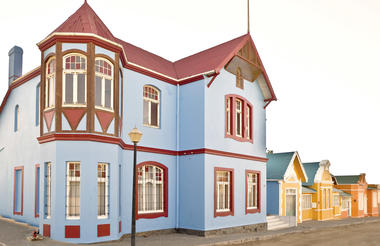
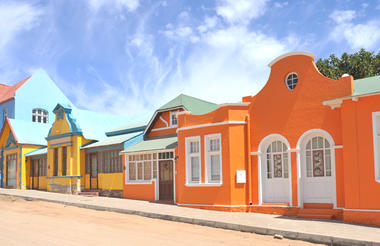
A very early start today with a pre dawn pick up by Marion who will drive you out of the town to Kolmanskop, Namibia's most famous ghost town.
Once a thriving village built by the wealthy miners in the architectural style of a German town, with amenities and institutions including a hospital, ballroom, power station, school, skittle-alley, theatre and sport-hall, casino, ice factory, Kolmanskop started to decline during World War I when the diamond-field slowly started to deplete. By the early 1920s, the area was in a severe decline. Hastening the town's demise was the discovery in 1928 of the richest diamond-bearing deposits ever known, on the beach terraces 270 km south of Kolmanskop, near the Orange River. Many of the town's inhabitants joined the rush to the south, leaving their homes and possessions behind. The new diamond find merely required scouting the beaches as opposed to more difficult mining. The town was ultimately abandoned in 1956. The geological forces of the desert mean that tourists now walk through houses knee-deep in sand. Kolmanskop is popular with photographers for its settings of the desert sands' reclaiming this once-thriving town, and the arid climate preserving the traditional Edwardian architecture in the area.
You'll end your day with a second opportunity to photograph Kolmanskop at sunset
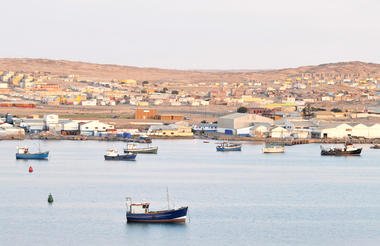
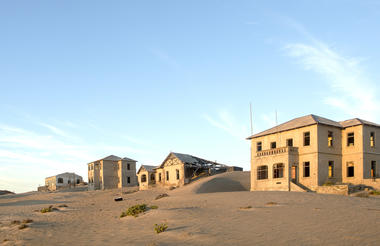
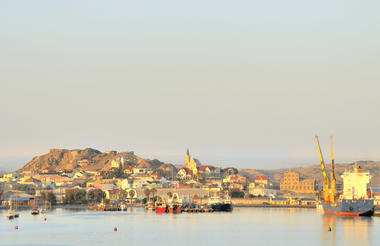
Today we leave early again this time with Heinz, and retrace our steps to Kolmanskop but this time passing through the town to enter the forbidden diamond territory, heading for Elizabeth Bay.
After about 1 km past the new E-bay diamond mine we arrive at the historic
Village of Elizabeth Bay which was abandoned in 1935.
The remains of the town and diamond plant were left to the elements and onslaught of the Atlantic coast .
We will spend our time exploring the old village and industrial ruins and with luck will have Namibia's famous sea mist clinging to the coast before it evaporates as the sun warms up the desert
On the way back to town we can spend some time visiting the Cape Fur Seal colony at Atlas Bay.
A final morning to wander around Luderitz before catching your 13.30 flight back to Windhoek.
Luderitz is known for its German colonial buildings, including the art nouveau Goerke Haus, built into the rock face on Diamond Hill and nearby, Felsenkirche is a hilltop church with panoramic bay views stretching around to Robert Harbour.
You will be met at Hosea Kutako Airport, Windhoek by the driver from River Crossing Lodge who will drive you out into the countryside for your last night in Namibia
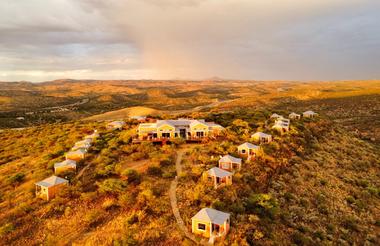
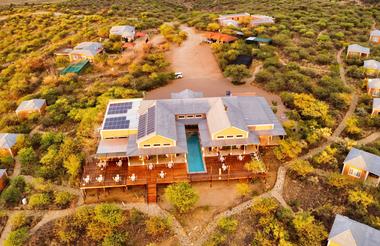

After breakfast, and dependant on your flight times, the transfer driver from the lodge will return you to the airport for your onward flights home





